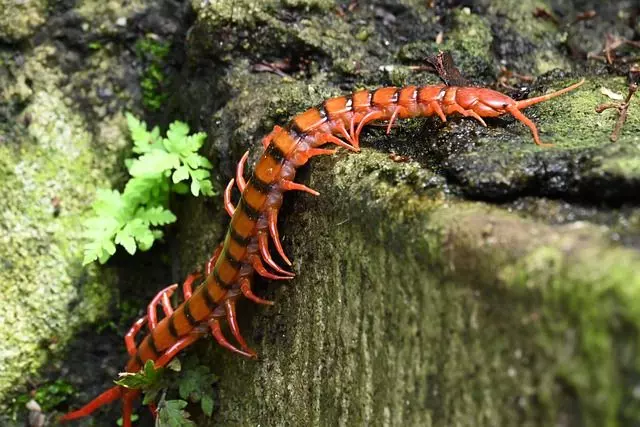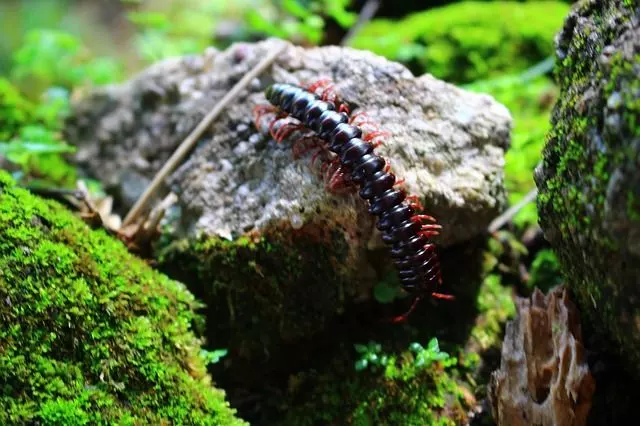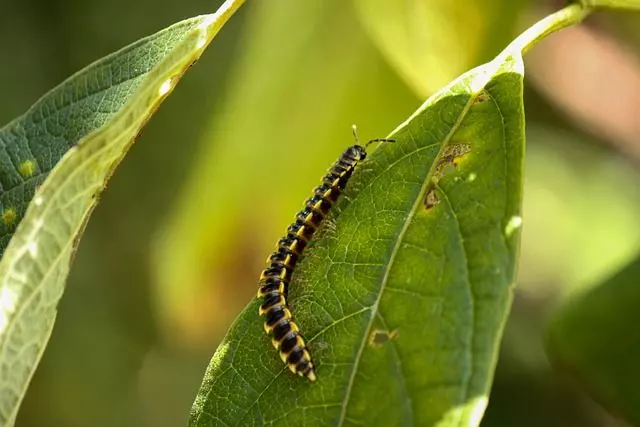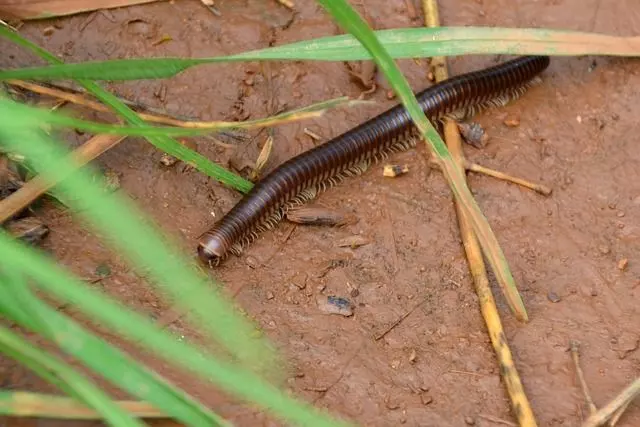Garden Centipedes can help control some pests instead of using fumigants. Centipedes, being predators, keep in check other insect species that can affect crops, such as some types of beetle larvae that can consume plant roots. A garden centipede may be beneficial, to eliminate pests. In this article, find out the benefits of garden centipedes.

Table of Contents
Garden Centipede Benefits
Garden Centipede Benefits. The garden centipedes feed on other insects such as ants, termites, cockroaches, beetles, etc. And this is beneficial for your garden. Centipedes hunt insects with their fangs.
Garden centipedes usually appear in our gardens during the summer, since in winter they seek shelter and hibernate. In our homes, we can find them hiding in the damp corners of the house, such as the bathroom. Centipedes like damp and poorly lit places.
If you find a garden centipede in your house, try not to kill it and throw it in the garden, it will help you fight plant pests.

Garden Centipede for Pest Control
As mentioned above, a garden centipede can help you control certain pests in your garden. But you must also make sure that there are not too many centipedes so that they do not become a pest.
The only place where the garden centipede can be dangerous is inside our worm composting bin because we have a certain number of worms and since the site is closed they can’t run anywhere. If we find a garden centipede in the worm composting bin, we must remove it, or it will kill many of our worms.
To control garden centipedes, if you find there are too many in your garden or house, you can use diatomaceous earth to combat them.

Benefits of Garden Centipedes in Crops
These are some benefits of garden centipedes in crops:
- If centipede populations grow, they can also serve as food for other species such as raccoons, birds, and reptiles.
- Some studies in Brazil indicate that crop fields where centipedes are abundant remain free of pests.
- People believe that the centipede has venomous bites, which is not entirely true.
- Some species of garden centipedes, which measure 6″ to 8″ (15 to 20 cm), can deliver bites and inject a venom that causes localized pain, inflammation, and numbness, but does not become serious.
- Centipedes do not have 100 legs, but a minimum of 15 pairs and a maximum of 191 pairs of legs.
- One of the characteristics of this insect is that when it is discovered by a person, before attacking, it prefers to flee.
The University of California Agriculture and Natural Resources has an excellent article about Centipedes and Millipedes.

